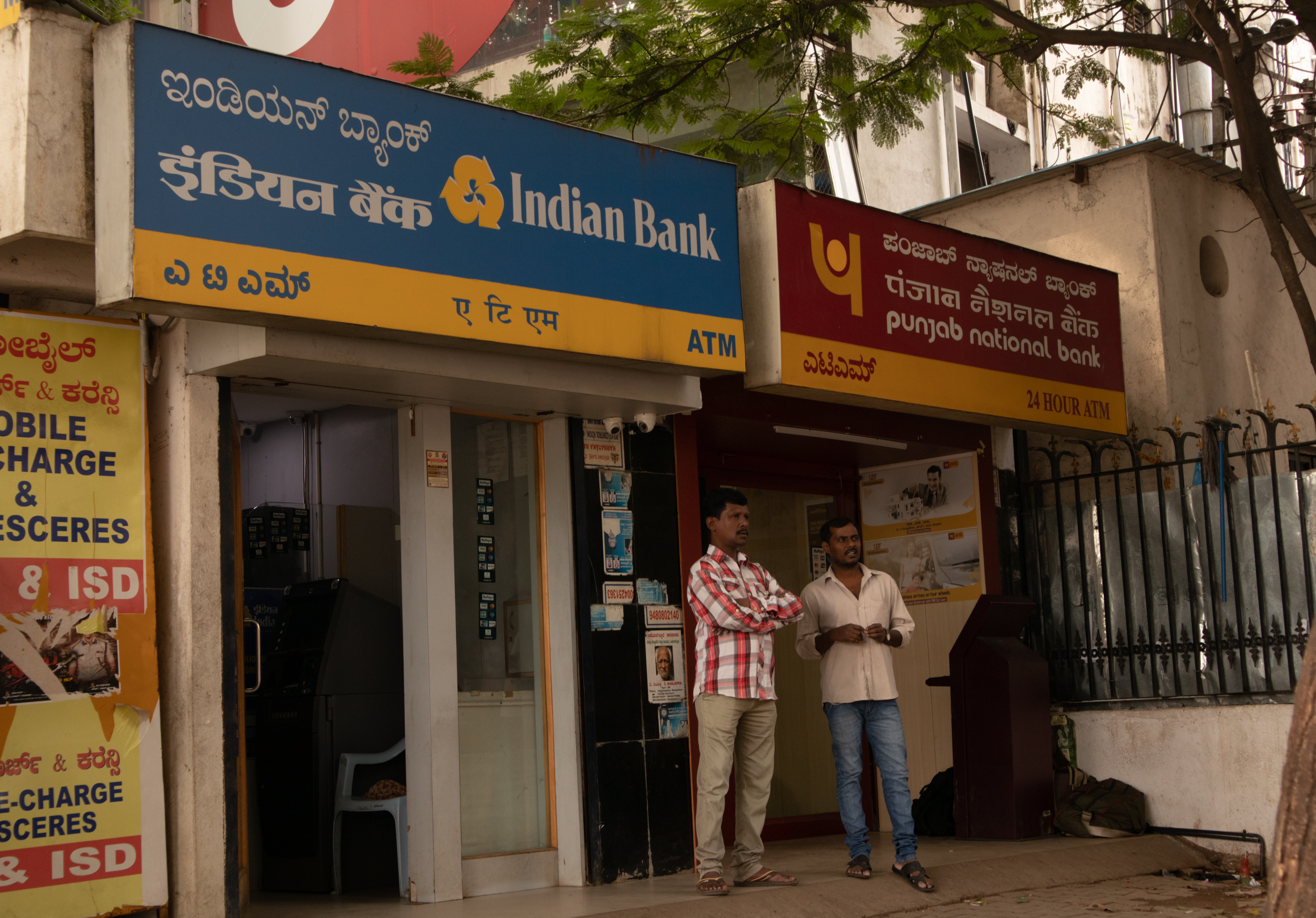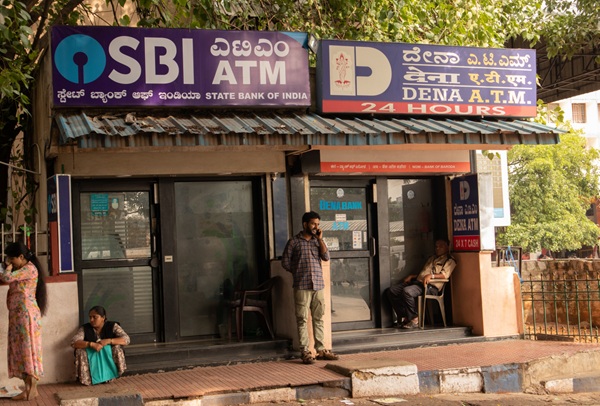.png)

By Rahul Ghosh
Rahul Ghosh is a banking and risk expert who advises banks, corporates, and central banks, and builds tech solutions for risk management. He authored two books on risk.
September 18, 2025 at 6:12 AM IST
India’s GDP will cross the $7 trillion mark in 5 years, putting it in the league of economic superpowers. To achieve this, banks will be the crucial link. Reaching this target will require a bank credit-to-GDP ratio of around 80%, up from the current 56%. In turn, banks will require plenty of capital to back their assets. Over the next 5 years, top Indian banks will need over $600 billion of additional capital.
The good news is that they can be expected to generate up to two-thirds of this from their own profits. That still leaves a gap upwards of $200 billion, or about ₹17.5 trillion. This should keep bank CEOs and policymakers burning midnight oil.
Addressing the problem requires a closer look at how banks consume capital. Banks vary by their business models and risk profiles. Investment in safer assets alone will give banks fewer opportunities to expand their balance sheets and profitability, even as it conserves capital. A bank lending to a diverse set of clients with varying risk profiles, from the safest to riskier, consumes more capital, but also powers a large balance sheet, a diverse customer base, and the potential for higher profitability.
To give an idea, for every ₹100 lent, India’s largest banks consume something like ₹9 as capital. The medium-sized banks consume around ₹6, although low consumption of capital need not necessarily be a result of deliberate choice of business model. Capital constraints can override business considerations and force banks to focus lending activity on low-yield safe assets.

The popular perception since the 2008 crisis has been to view more capital requirements as better. At an extreme, if bank lending was funded entirely through capital, then lending rates would exceed 30% even in the most stable economies. That’s because the cost of capital is high. While capital should be adequate and high to cover losses, overcharging capital hurts the customer, and undercharging can endanger bank stability. Therefore, estimation of capital needs to be a serious exercise: a risk-based exercise.
Now, look at large global banks. The three largest banks worldwide, excluding China, consume significantly lower levels of capital than India’s three largest banks. These global banks would need roughly $5 of capital for every $100 they lend, post ECL and explicit Pillar-2 capital requirements. They follow Basel’s Advanced Approach for capital adequacy. This approach is based purely on risk-based measures. Risk-based approaches demand measurement of losses as accurately as possible, without overstating or understating them.
In comparison, the Standardised Approach of Basel followed by Indian banks is more like a broad-based risk measure, charging capital based on the broad category an asset falls into. Conservative-based broad approximations can overstate risk. For example, BBB-rated assets have historically experienced defaults at about 1.6% (CRISIL, ICRA, CARE), compared to the default probability of around 9% implicit in the Standardised method. Similarly, the Standardised method implies a default probability of over 5% for a typical housing mortgage loan, compared to the historical experience in India of closer to 0.5%.
For a spirited growth phase, the banking system needs a risk-based capital charge mechanism that puts safety guardrails in place while allowing efficient use of capital. If, say, the top 10 Indian banks were to move to the Internal Rating-Based Approach, their capital requirements would change significantly. That would rationalise capital usage, bring requirements down, and peg them to risk-based estimates. It would also help extinguish the capital shortfall.
How prepared is the banking ecosystem for such a transition? Rolling out such a system requires additional guardrails in the form of ECL and additional capital buffers. The system is preparing for this, with ECL preparations and high CRAR among these banks.
Capabilities at the banking supervisor need to be up to it. From 2021, the RBI College of Supervisors has provided a boost to the technical knowledge of supervisory staff, and it should be put to good use going forward.
Banks need to up their game with not just systems and processes, but also expertise. Banks will need to up their governance capabilities with technical risk expertise at the Board level, just as their global peers have been doing. Crucial risk-based responsibilities are cast on the bank Boards in two parts: (i) responsibilities not designed to be delegated, and (ii) responsibilities that require direct evaluation by the Board for any delegations made.
Advanced capital standards are an idea whose time has arrived.
*This article is the last in a three-part series. The first part examined whether Indian banks can sustain their capital strength, and the second examined why Indian banks are piling capital faster than their assets can keep up.




